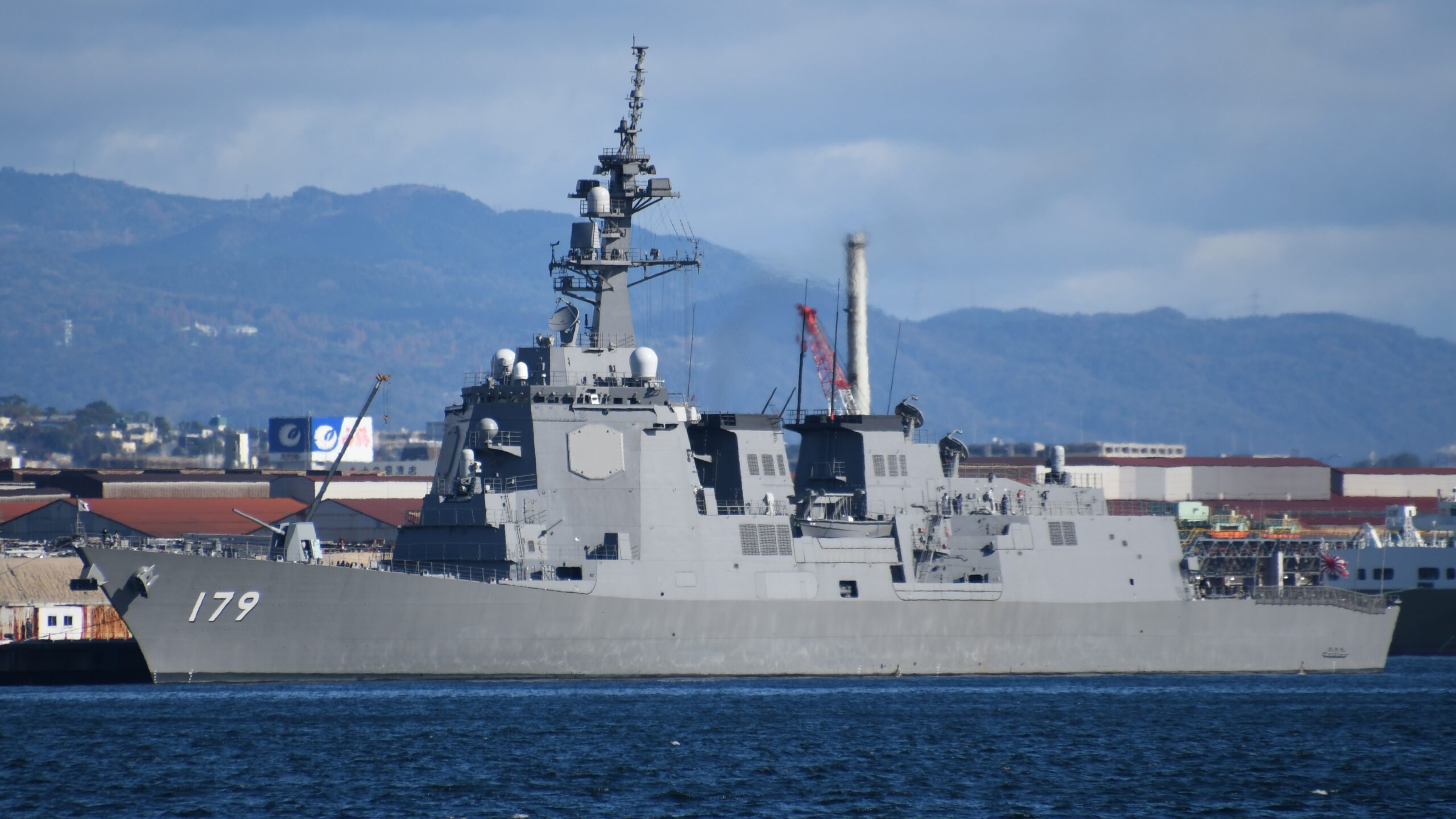
Japan’s Maritime Self-Defense Force has been able to intercept short and medium-range ballistic missile targets with two variants of interceptors –SM-3 Block IB and SM-3 Block IIA.
The two standard missile (SM) interceptor variants are manufactured by Raytheon Missiles & Defense, a Raytheon Technologies business.

Discover B2B Marketing That Performs
Combine business intelligence and editorial excellence to reach engaged professionals across 36 leading media platforms.
This marks the first time that a non-US maritime service intercepted ballistic missile targets with the two interceptor variants.
It also represents the first time that the Japanese Maya-class destroyer fired a SM-3.
The Maritime Self-Defense Force carried out the live fire exercises as part of a two-week missile defense event held in partnership with the US Missile Defense Agency.
This event, called Japan Flight Test Mission–07 (JFTM–07), was conducted in cooperation with the US Navy.

US Tariffs are shifting - will you react or anticipate?
Don’t let policy changes catch you off guard. Stay proactive with real-time data and expert analysis.
By GlobalDataJFTM-07 incorporated two live fire exercises.
The first exercise saw SM–3 Block IIA being fired from the JS Maya (DDG 179) against a medium range ballistic missile T4-E target. The JS Maya fired on the target and destroyed it over the Pacific Ocean.
The second exercise saw demonstration of an integrated air and missile defense scenario, where in SM–3 Blk IB and a SM–2 Blk IIIB missiles were fired from the JS Haguro (DDG-180) against a short range ballistic missile (SRBM) target. It also involved an anti-air warfare engagement against a BQM-177.
MDA director vice admiral Jon Hill said: “The success of this joint test marks a critical milestone in demonstrating, for the first time, a live fire of an SM-3 Blk IIA from a Japanese ship.
“The cooperative development of the SM-3 Blk IIA by the Japanese government, U.S. government and industry team, and the integration with the Aegis Weapon System on Japan’s Ballistic Missile Defense-capable ships, is a remarkable achievement and vitally important in defending against an ever-increasing threat. I congratulate the Japan Maritime Self Defense Force, U.S. Navy, MDA team, and our industry partners on this accomplishment.”
Raytheon Missiles & Defense, in a cooperation with the Japanese industry designed and built the SM- 3 Block IIA variant.
This collaboration was undertaken in support of the US-Japan SM-3 Block IIA Cooperative Development (SCD) Project.
SM- 3 Block IIA variant is claimed to be an advanced sea-land ballistic missile defense interceptor.
As against the previous SM-3 versions, the larger rocket motors and increased kill vehicle capabilities of Block IIA provide greater range and performance against advanced missile threats.
Raytheon Missiles & Defense president of Strategic Missile Defense Tay Fitzgerald said: “This demonstration reinforces that partners now have greater capability with the Standard Missile family of interceptors. xAllies who use SM-3 can now cooperate more fully with the United States on ballistic missile defense missions.”



